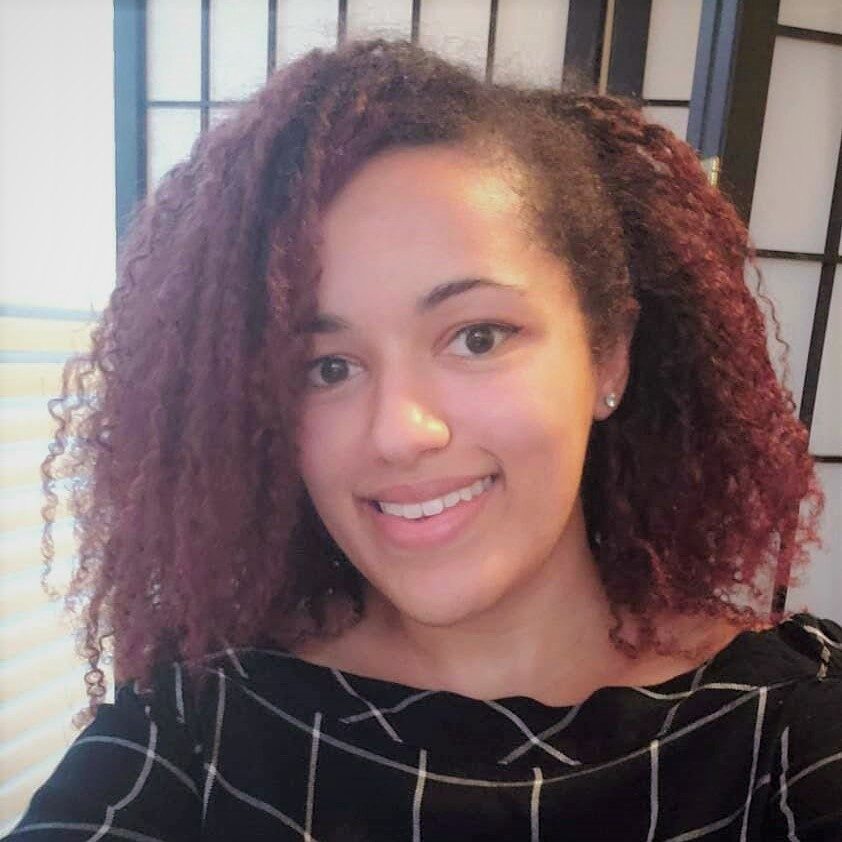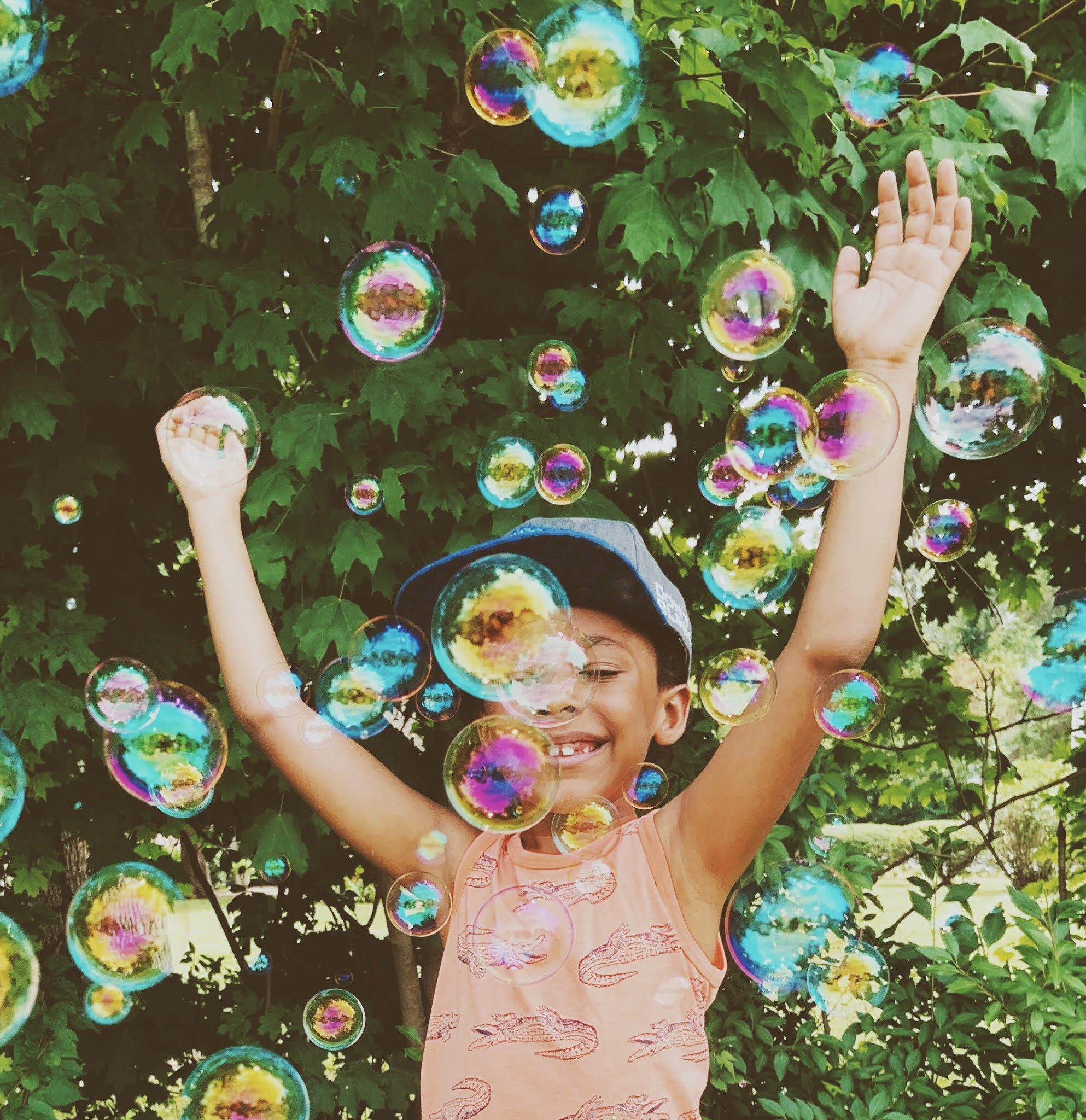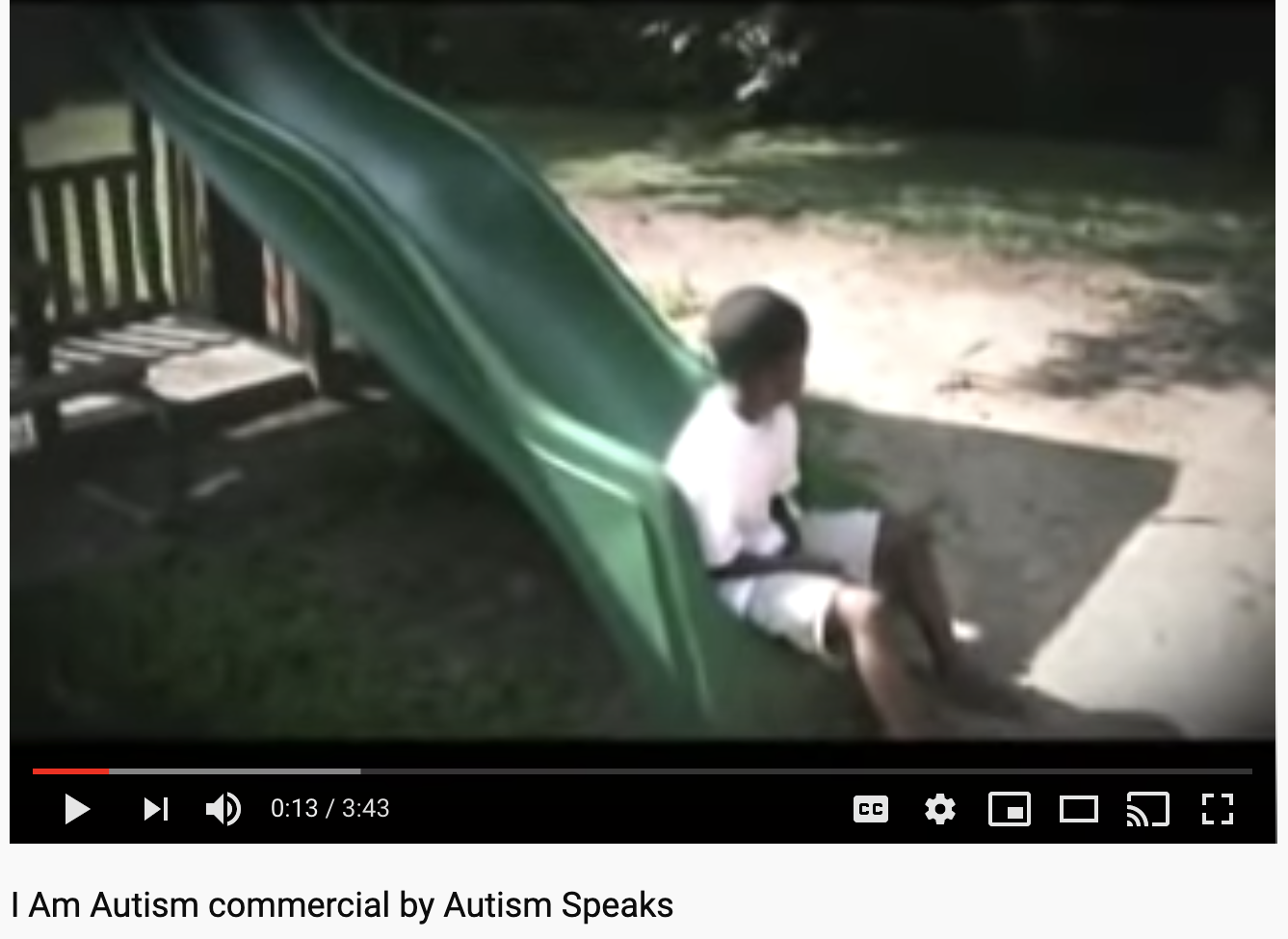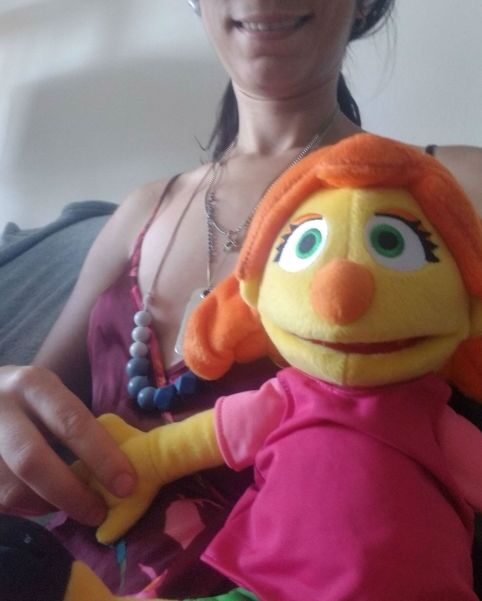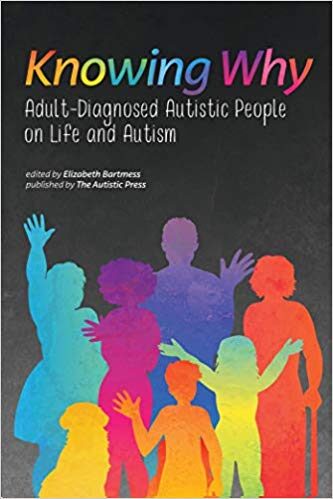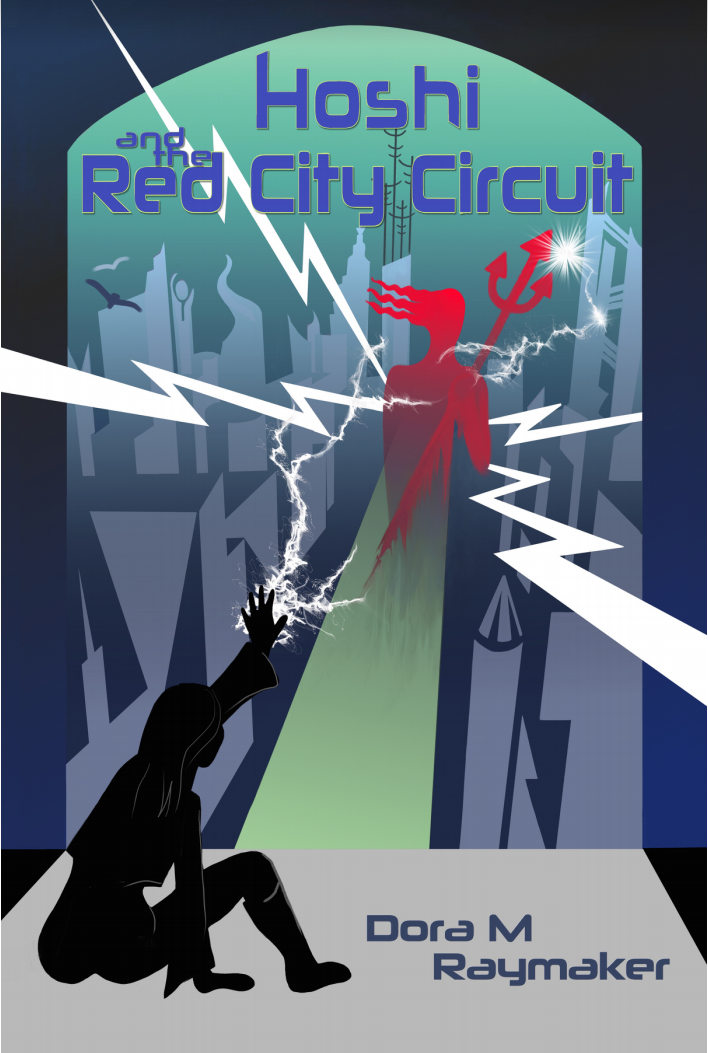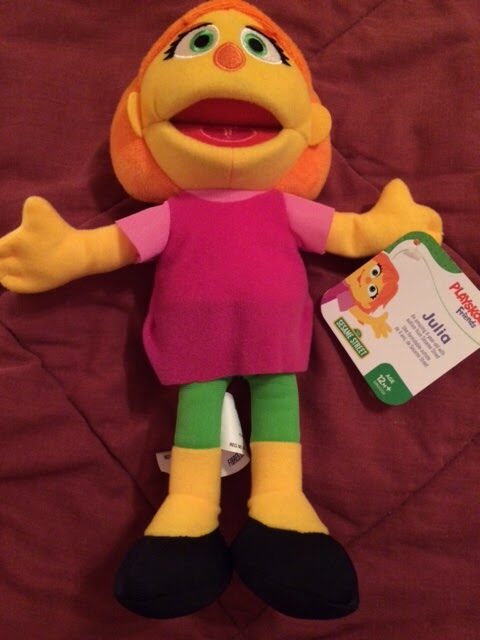“Elon Musk oveseeing the construction of Gigafactory” by jurvetson is licensed under CC BY 2.0[image: Elon Musk, wearing mirrored sunglasses and a reflective chartreuse safety vest.] Sarah Kapit twitter.com/SarahKapit Elon Musk announced to the world that he’s autistic on Saturday Night Live. Some people have claimed that this represents a noticeable step forward for autistic people in public life. But I’m not celebrating. My interest here isn’t to rehash all of the reasons why Musk is an obnoxious public figure who has done damaging things to his employees and the world at large—although I hold this opinion. Other people have already written about the litany of his misdeeds. Instead, I want to consider Musk’s shortcomings in the specific context of autism and disability politics. First, Musk did not describe himself as an autistic person. He said he had “Asperger’s,” which is a term that is rooted in ableism. In the U.S., “Asperger’s” is…
Tag: representation
Non-autistic people harbor assumptions about autistic people, whether they’re aware of them or not. And those biases can get in the way of autistic people being included both socially and professionally. We talked with Desi Jones, a Doctoral Student at the University of Texas at Dallas, whose recent paper Effects of autism acceptance training on explicit and implicit biases toward autism examines how autistic acceptance efforts both succeed and fail in addressing stereotypes about autism, and what this means. We also discussed her work on structural racism in autism research, and how institutions can do better by their autism researchers of color—and why that doesn’t merely mean recruiting more POC. Photo courtesy Desi Jones [image: Desi Jones, a smiling Black woman with curly shoulder length purple-tinged hair.] TPGA: Can you tell us about your background, and what drew you to autism research? Desi Jones: I double majored in Neuroscience and Psychology…
Sparkle enjoys Pablo, she likes that he’s an autistic child. She is happy to hear that autistic people voiced the characters and likes the animation.
How is joy usually characterized? The absence of sadness? Unbridled gladness and glee? That is Knox, every. single. day.
[image: Screen capture from the Autism Speaks video I Am Autism, with an African American child sitting on a slide, facing away from the camera. The YouTube video toolbar is visible, above title text reading, “I Am Autism commercial by Autism Speaks”.] Zephyr Ash Ostrowski thefilmroom.org “Where there is charity and wisdom, there is neither fear nor ignorance.” –St. Francis of Assisi “There is nothing more frightful than ignorance in action.” –Johann Wolfgang von Goethe “Where ignorance exists, myths flourish.” Norman Begg and Angus Nicoll It doesn’t take long for a hurtful word or comment to make its way across the globe. The media eagerly reports on officials’ latest xenophobic remarks within minutes. Protesters will gather and complain for a corporation to sever ties with a controversial program or person. But this outrage somehow doesn’t happen with organizations that are directly tied to “helping” certain groups of marginalized people—and when…
CinemAbility poster via Amazon.com [image: Movie poster featuring a shadowy photo of a person in a wheelchair, seen from behind. Headshot of the actors Jane Seymour, Ben Affleck, Jamie Foxx, Marlee Matlin, William H. Macy, and Geena Davis are arranged in a diagonal over the wheelchair user, above large white text reading “CinemAbility The Art of Inclusion.”] Maxfield Sparrow unstrangemind.com CinemAbility: The Art of Inclusion (2018) Directed by Jenni Gold, Leomark Studios Closed Captions I recently and eagerly watched the new documentary CinemAbility: The Art of Inclusion via an Amazon rental. Although I have a couple of complaints, I don’t want to lead with them because the documentary overall was amazing and has been sorely needed. For those who only read articles’ opening paragraphs: you must see this film! You will not regret it. The documentary was filled with interview clips—actors, directors, casting directors, academics. I apologize in advance because I won’t…
[image: partial view of Sara, who has dark hair in pigtails and is wearing a dark pink shirt, smiling. She sits with a Julia doll, holding onto the doll’s hand. The Julia doll has bright orange hair in pigtails and green eyes, looks happy, and is wearing a pink shirt.] Sara Liss I wish that Julia the Muppet from Sesame Street had existed when I was a toddler and first learning (not very successfully) to interact with other kids. I was desperate to play with someone other than my baby sister, her baby playmates, and our family friends. I didn’t know how to connect with the other kids my age, and most of them preferred for me to stay away. One or two of the girls at my preschool either liked me or took pity on me, on their own or with adult encouragement, and were my sometimes-playmates. (I don’t…
Knowing Why is a valuable resource for anyone who has been through the process of being diagnosed or self-diagnosed as autistic in adulthood, anyone who wants to better understand us, and anyone who might be wondering if they might be autistic themselves.
[image: Illustrated cover of the book Hoshi and the Red City Circuit, by Dora M Raymaker, featuring a person in silhouette sitting on the ground fending off rays of power from a pitchfork-wielding person silhouetted in red.] Kelly Israel Introduction Hoshi and the Red City Circuit, the debut work by Dora Raymaker, is first and foremost an excellent page-turning detective story about private investigator Hoshi Archer’s race to discover who murdered three Operators. Operators are a caste of people with disabilities. They are also the only people who have the ability to run the multi-layered, complex technology of the future. It is next a story about Hoshi herself and the many friends, allies, acquaintances, enemies, and lovers she has known and cared for on her way to becoming the person that she is. Hoshi is also a story that grapples with the intellectual and developmental disability (I/DD) community’s ghosts and…
Kris Guin queerability.tumblr.com Update August 6, 2019: The author no longer supports Sesame Street’s “See Amazing” project because of their promotion of Autism Speaks. Please also note the following insights from Cal Montgomery: If you have a Julia doll, be gentle with her. She is just now learning that Big Bird thinks the world would be a better place if she weren’t in it. It is an ugly shock whenever you find out the people you love feel that way. And a lot of people love Big Bird. — Cal Montgomery (@Cal__Montgomery) August 6, 2019 The new Julia toy! Photo courtesy Kris Guin [image: Stuffed “Julia” doll with orange hair, green eyes, yellow skin, big happy mouth, pink dress, green pants, and black shoes.] Sesame Street is a staple in children’s television, and has used its platform to educate children about topics that need to be talked about and that children…

